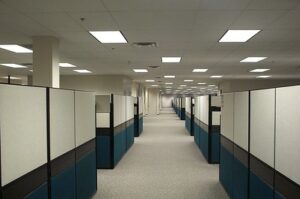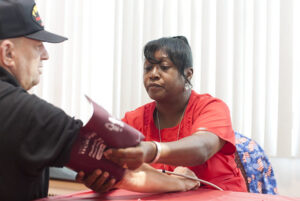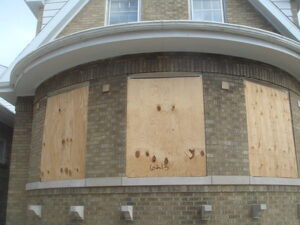Yesterday, I wrote about the projected impact of climate change on Washtenaw County. That was inspired, in part, by a recent news piece that named Ann Arbor as the second-most desirable place to live in the United States. (The first was another Big 10 college town – Madison, WI.) The Great Lakes region should expect to be the intended landing spot for many so-called climate refugees in the United States.
How big is the potential problem? In 2010, the United States Census Bureau estimated that nearly 120M people – more than one-third of the US population, lived on the East Coast of the United States. If sea levels continue to rise due to the melting of the polar ice caps, much of the coast will be under water. That will force people to live further inland. Researchers from Yale University predict that as many as 50 million climate refugees will move deeper into New England and into the Upper Midwest to avoid the worst effects of climate change.
For those who don’t want to deal with the brute impact of rising water, the Great Lakes region will offer a “normal” respite from the water, increased storm activity, unrelenting heat, wildfires, drought and the more numerous and increasingly violent (and destructive) hurricanes that will accompany the shifting climate.
Places like Madison, WI and Ann Arbor will stick out like a beacon for those people. This isn’t some far-off, wild-eyed prediction. Climate refugees will be on Washtenaw County’s doorstep in the next 15 -30 years. The question isn’t whether this is going to happen. Rather, we should be asking ourselves what we’re going to do about it.
Climate refugees could massively reshape Washtenaw County
What would happen if these climate refugees suddenly doubled Washtenaw County’s population? Or tripled? Where will they live? What needs to be done to the roads and bridges? Do we need to change the electrical grid, and where is that electricity going to come from? Huge solar farms are simply not scalable; wind power requires open land. (Is that the future of Ann Arbor’s “green belt?”)
The Ypsilanti area should add high-density housing in this scenario. If these communities do not, the price of housing will continue to rise via competition for available housing stock. Meanwhile, Proposal A restrictions and/or the rate of inflation will limit property tax revenues. (This also represents the opportunity to shift the balance of power in Washtenaw County away from Ann Arbor.)
What about storm water and sewage management? Where are those workers going to come from, and how many of them need to be here before the population rises? Do we need to make massive investments in the mass transit system? What kind of training and workforce do we need in place to manage this inflow of people?
Certainly, the new residents would bring some of this capacity to the region, but we must be prepared to manage (and perhaps even direct or encourage) population growth in this area.
With regard to WCC, we need to ask ourselves whether the current administration is able to re-envision the needs of this community and prepare accordingly? Based on WCC’s declining enrollment, the lack of substantial investment in new programs, the declining condition of the campus, the unregulated overgrowth of the administration, the heavy reliance on part-time instructors, and of course, the Grand Plan to build a hotel, that probably remains an open question.
Photo Credit: Richard Schneider, via Flickr

















